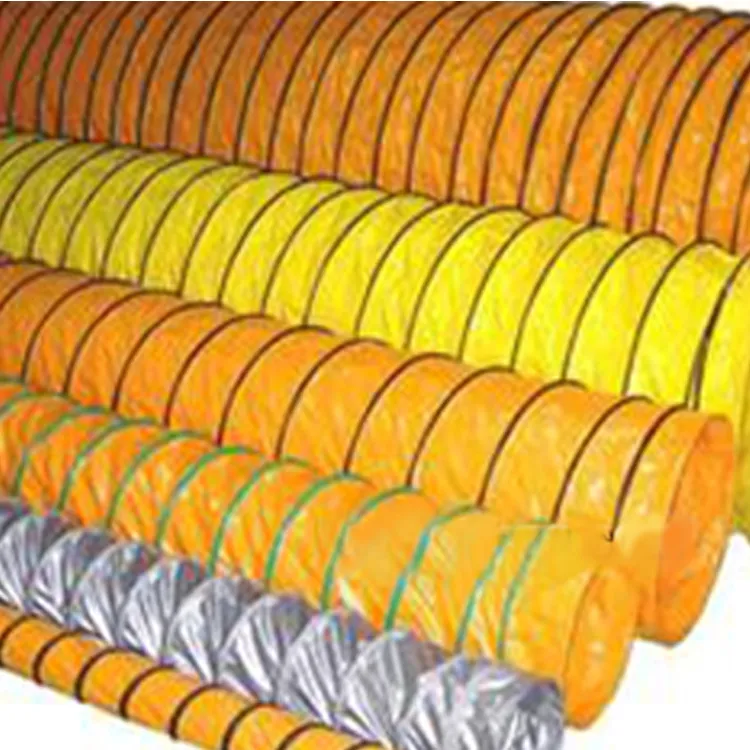Essential Tools for Perfect Leather Stitching with the Right Needles and Techniques
The Importance of Needles for Leather Stitching
Leathercraft is an age-old skill that has captivated artisans and hobbyists alike. Whether you're crafting a wallet, a bag, or a custom piece of footwear, the tools you use can significantly impact the quality of your work. Among these tools, the needle holds a pivotal role in leather stitching. Understanding the various types of needles available and their specific applications can elevate your leatherworking from basic to professional.
Types of Needles for Leather Stitching
Leather needles are typically designed with unique characteristics to facilitate easier stitching through tough materials. The most common types of needles used for leather stitching include
1. Universal Leather Needles These are versatile needles with a slightly rounded tip that pierces leather without damaging it. They are suitable for most leatherworking projects and can handle a variety of thread types.
2. Chisel Needles Often used for hand stitching, chisel needles create evenly spaced holes in the leather. These needles feature a series of sharp prongs that punch through the leather, making it easier to thread the needle and ensuring consistent stitch spacing.
3. Awl Needles While not a needle in the traditional sense, an awl is a pointed tool that creates holes in the leather material. After using an awl to perforate the leather, a standard needle can be threaded through the holes for a clean finish.
4. Double-Needle Some techniques, such as certain types of decorative stitching, benefit from using two needles simultaneously. This method provides a unique look to the stitch line and can enhance the structural integrity of the seams.
Choosing the right needle for your leather project is essential for achieving the desired results
. A mismatch can lead to fraying, skipped stitches, or even damage to the leather.Thread Pairing
needles for leather stitching

Just as important as the needle is the thread you use. Leather stitching often requires thicker threads, typically made from polyester or waxed cotton, which have the strength to withstand tension and wear. When selecting a needle, ensure it is compatible with your chosen thread. Generally, thicker threads necessitate a larger needle, which can accommodate the increased bulk.
Techniques and Tips
When stitching leather, it's crucial to adopt proper techniques. Here are some tips for effective leather stitching
- Pre-punch Holes For beginner stitchers, consider pre-punching your holes with a chiseling tool or awl. This not only ensures that your stitching is uniform but also reduces the risk of damaging your needle or leather.
- Keep Tension Even Maintaining consistent tension while stitching helps in creating an even stitch line. Avoid pulling the thread too tight, as this may cause the leather to pucker.
- Practice Makes Perfect Like any skill, practice is essential. Begin with scrap pieces of leather to hone your technique before committing to your final project.
- Finish with Care Once your stitching is complete, trim any excess thread and consider finishing the edges for a polished look. Sailor's knots or whip stitching can provide a durable finish, ensuring your creation remains intact through years of use.
Conclusion
In summary, the choice of needles for leather stitching is paramount in achieving quality craftsmanship. By understanding the types of needles available and selecting the appropriate one for your project, you can enhance the durability and aesthetic appeal of your leather goods. Coupled with solid stitching techniques and the right materials, you will find yourself well on your way to mastering this intricate and rewarding art form. Happy stitching!
-
Leather Sewing Machine: The Industrial Standard for Tough MaterialsNewsJul.18,2025
-
Sail Making Machine: Heavy-Duty Stitching for Industrial and Marine NeedsNewsJul.18,2025
-
Sling Sewing Machine: The Backbone of Heavy-Duty FabricationNewsJul.18,2025
-
Leather Sewing Machine: Precision for Heavy-Duty StitchingNewsJul.18,2025
-
Big Bag Sewing Machine: Powering the Future of Bulk PackagingNewsJul.18,2025
-
FIBC Sewing Machine: Essential Equipment for Bulk Bag ProductionNewsJul.18,2025
-
Heavy Duty Leather Sewing Machine: A Must-Have for Professional LeatherworkNewsMay.28,2025





























